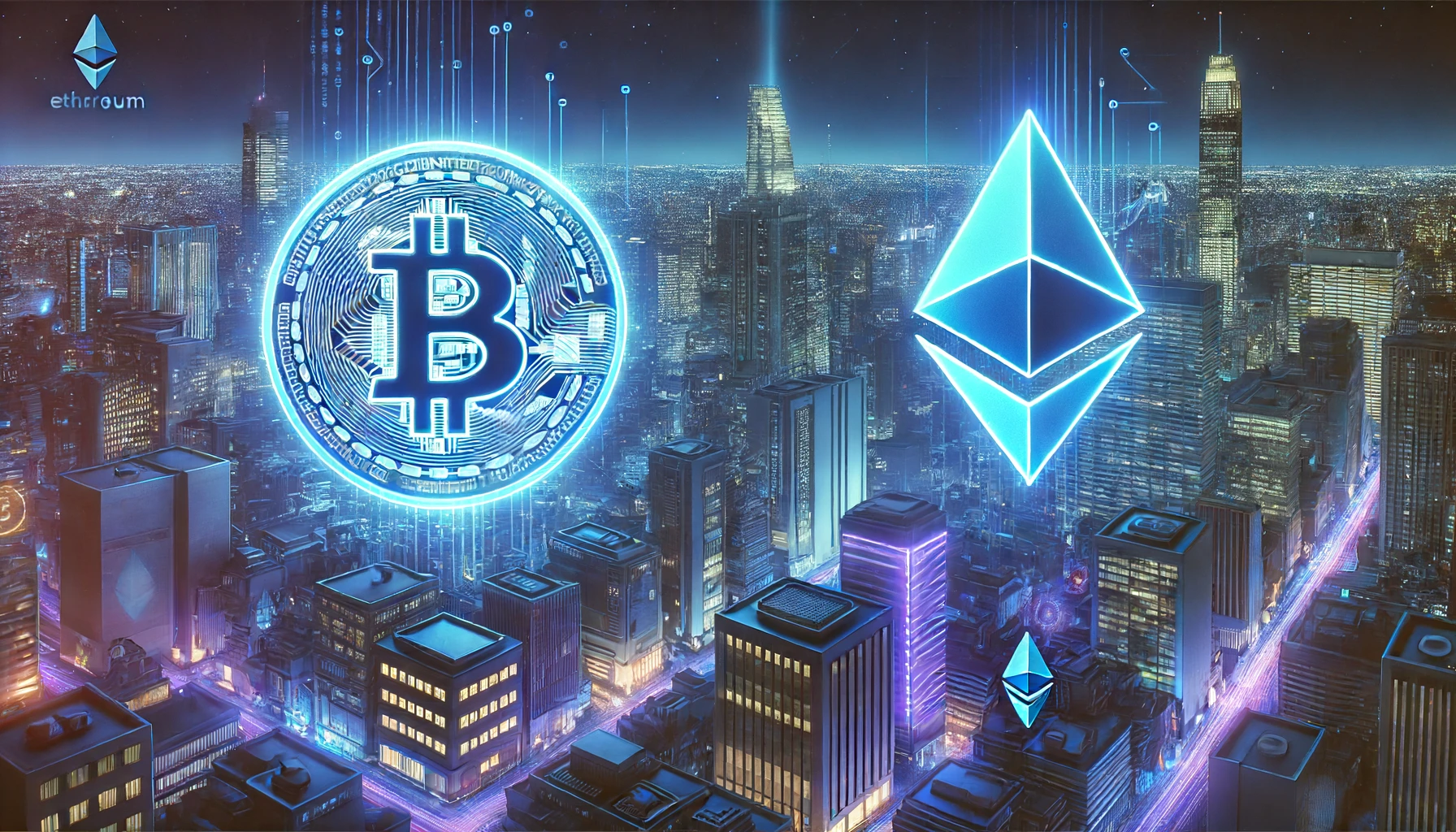Shiba Inu’s Layer-2 network Shibarium sees a decline in activity, while the SHIB burn rate has surged by over 500%. These contrasting trends highlight the complexities within the Shiba Inu ecosystem, with potential implications for its valuation and user engagement.
Points
- Shibarium’s active accounts and transactions have significantly decreased.
- SHIB burn rate has increased by over 500%.
- Recent upgrades include a new user interface compatible with popular wallets.
- Continuous burn efforts aim to reduce supply and potentially impact SHIB’s valuation.
Shiba Inu, a well-known cryptocurrency, is currently experiencing notable changes within its ecosystem. Shibarium, its Layer-2 network, has seen a considerable decline in activity. Data shows that active accounts on Shibarium have dropped from 667 on July 21 to 107, with the daily transaction count decreasing by nearly 85%. Launched last August, Shibarium aims to support the development of the Shiba Inu ecosystem by reducing transaction costs, enhancing scalability, and boosting transaction speed.
Despite the downturn in network activity, the SHIB burn rate has seen a dramatic increase of over 500%. More than 10 million SHIB tokens have been destroyed, reducing the overall supply. This surge in the burn rate, while potentially minor in USD terms, can positively impact SHIB’s valuation by increasing scarcity. To date, over 41% of SHIB’s total supply has been burnt, leaving more than 583 trillion tokens in circulation.
Shibarium has undergone significant upgrades, including a new user interface designed to improve compatibility with popular wallets such as Coinbase Wallet, MetaMask, and Trust Wallet. These enhancements aim to provide a better user experience and facilitate broader adoption of the network.
The decrease in whale activity—large holders of SHIB—also indicates a reduction in significant transactions within the ecosystem. However, the strategic token burn suggests a potential price impact due to the reduced supply, which could help stabilize the price amidst declining network activity.
解説
- Token burn: The process of permanently removing cryptocurrency tokens from circulation to decrease supply and potentially increase value.
- Layer-2 network: A secondary framework built on top of an existing blockchain to improve its scalability and transaction speed.
- Whale activity: Transactions made by individuals or entities holding large amounts of a cryptocurrency, which can significantly impact the market.
Key takeaways include:
– Supply reduction: The significant increase in the SHIB burn rate is designed to reduce the circulating supply, which can lead to higher prices through increased scarcity.
– Network upgrades: Enhancements to Shibarium’s user interface aim to improve user experience and compatibility, potentially attracting more users to the platform.
– Ecosystem dynamics: The contrasting trends of declining network activity and increasing burn rate highlight the complexities within the Shiba Inu ecosystem, with potential implications for its valuation and user engagement.
By understanding these factors, stakeholders can better navigate the evolving dynamics of the Shiba Inu ecosystem and make informed decisions regarding their investments.
